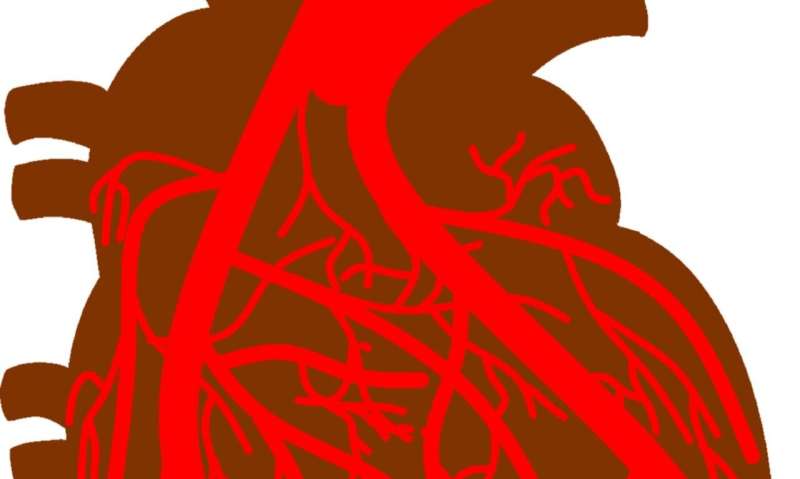New markers for coronary microvascular disease identified

Although cardiovascular disease is the main cause of illness among women in the U.S., certain conditions such as coronary microvascular disease (CMD) cannot be easily diagnosed. In a new study, researchers at the University of Illinois Urbana-Champaign have identified specific biomarkers for CMD, which might reduce future hospitalizations.
CMD damages the inner walls of blood vessels, causing spasms and decreased blood flow to the heart muscle. "Clinicians look for plaque formation in the blood vessels, which does not occur in CMD," said Zeynep Madak-Erdogan (CGD/EIRH/GSP), an associate professor of nutrition. "Usually, women leave without having the root causes of the chest pain addressed and they come back with further complications within a year. Since this condition is more common in postmenopausal women, we want to identify the biomarkers that are associated with CMD."
The researchers collected blood samples from three different groups containing 20-25 women each: Postmenopausal women who were healthy, those with coronary artery disease, which is characterized by plaque formation, and those with CMD. The blood serum samples were then analyzed to see if there were any molecules that were different in the CMD group.
Out of 175 molecules scanned, the researchers identified stearic acid, which is found in animal and plant fats, and ornithine, an amino acid commonly found in meat, fish, diary, and eggs, as indicators of CMD.
Ornithine is formed from the amino acid arginine, which is broken down by two separate pathways. One forms ornithine and the other forms nitric oxide, which helps in maintaining the normal functioning of the blood vessels.
"Our observations imply that the increase in ornithine means that the second branch is not working, which is why we can use this molecule as a biomarker for the disease," Madak-Erdogan said.
Interestingly, other researchers have found that estrogen may have a role in the development of CMD, as evidenced by hormone-replacement therapies that decrease CMD risk up to 30%. "Our observations further indicate that estrogen is involved because we know that it improves the function of nitric oxide," Madak-Erdogan said. "Since postmenopausal women have lower levels of estrogen, it would explain why this condition is more prevalent in these populations."
The researchers are trying to identify more biomarkers, such as proteins, that can be used to detect CMD. Additionally, they are testing more women to validate their findings. "This study was done with patients in Turkey, so we don't know if the same biomarkers will be present in the U.S. We want to look at bigger populations to see if we can combine the data to find efficient signatures for CMD," Madak-Erdogan said.
More information: Alicia Arredondo Eve et al, Identification of Circulating Diagnostic Biomarkers for Coronary Microvascular Disease in Postmenopausal Women Using Machine-Learning Techniques, Metabolites (2021). DOI: 10.3390/metabo11060339





















